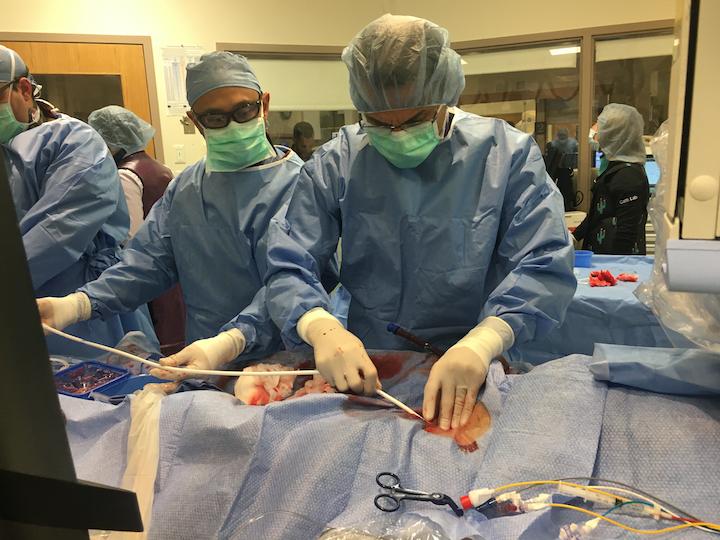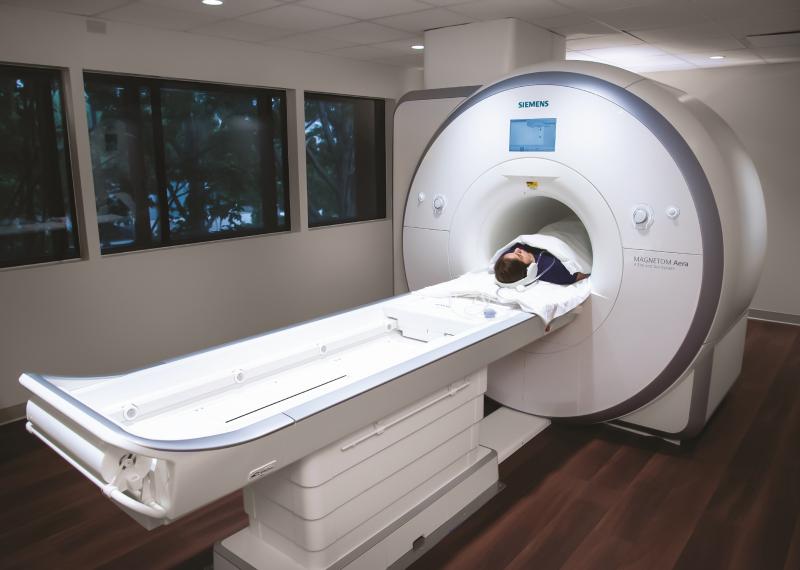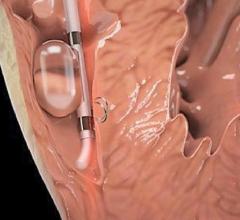
February 24, 2020 — The U.S. Food and Drug Administration (FDA) approved Esperion's bempedoic acid (Nexletor) tablet, an ...

There are several new tools being added to the clinical armamentarium in the fight against heart failure (HF). These ...

There is no, single magic bullet in heart failure (HF) to easily reduce readmission rates or easily reverse this complex disease. However, there are numerous strategies being adopted by hospitals to better manage these patients. Presented here are three ideas hospitals are using, including creation of heart failure care teams, the use of smart algorithms and IT systems to keep better track of patients and their followup, and use of consumer wearable devices to track patients between doctor visits to identify issues early.
Providing exceptional cardiovascular care for patients to achieve the best possible outcomes is the number one goal for ...

(Article updated May 27, 2020) February 20, 2020 — The American College of Cardiology (ACC) released a clinical bulletin ...
February 20, 2020 — Synaptive Medical, a leader in robotic surgical visualization, announced today the company has ...
February 20, 2020 — Siemens Healthineers has introduced CentriCare — a new, patient-centric service contract portfolio ...
Cardiac positron emission tomography (PET) is growing in popularity among cardiologists because it provides the ability ...

When the patients of Michael Boler, M.D. need cardiac monitoring, the Holter monitor is no longer his first choice. “The newer ECG devices we have now are so much less cumbersome. It’s like wearing a Band-Aid versus carrying a bulky device,” said the Greenwood, Mississippi internist. “My patients prefer the more comfortable, wire-free form factor, and the quality is as good as, or better, than the Holter,” continued Boler. “Plus, my patient compliance has increased. With the Holter, the leads sometimes come off. The patient may think the device isn’t working, so they take it off and we have to restart the process.”

Magnetic resonance imaging (MRI) has been described for the past few decades as a futuristic imaging technology that ...

As hospital imaging departments look to replace aging nuclear scanners with updated technology, many are asking if cardiac positron emission tomography (PET) might be a better option over the traditional single photon emission computed tomography (SPECT) systems. There are several factors to consider when evaluating PET versus SPECT, including costs, speed, exercise versus pharmacological stress, access to radiotracers and what addition information PET can offer for a more precise diagnosis.
When performing radiofrequency (RF) ablation to treat cardiac arrhythmia, medical professionals must balance the safety ...
February 19, 2020 — Connectiv, a division of The Software and Information Industry Association (SIIA), has announced the ...
Andrew Weintraub, M.D., FACC, associate director, of the Interventional Cardiology and Vascular Center, medical director ...
Carey Kimmelstiel, M.D., FACP, FACC, director, interventional cardiology, director, cardiac catheterization lab, Tufts ...
Change Healthcare Cardiology Hemodynamics is an integrated hemodynamic monitoring system for monitoring vital signs and ...

Transradial access for percutaneous coronary intervention (PCI) in the United States has grown rapidly over the past 20 ...

The Centers for Disease Control and Prevention (CDC) highlights physical activity as one of four key behaviors people ...
February 14, 2020 – The American Society of Nuclear Cardiology (ASNC) and the American Society of Echocardiography (ASE) ...

 February 24, 2020
February 24, 2020









